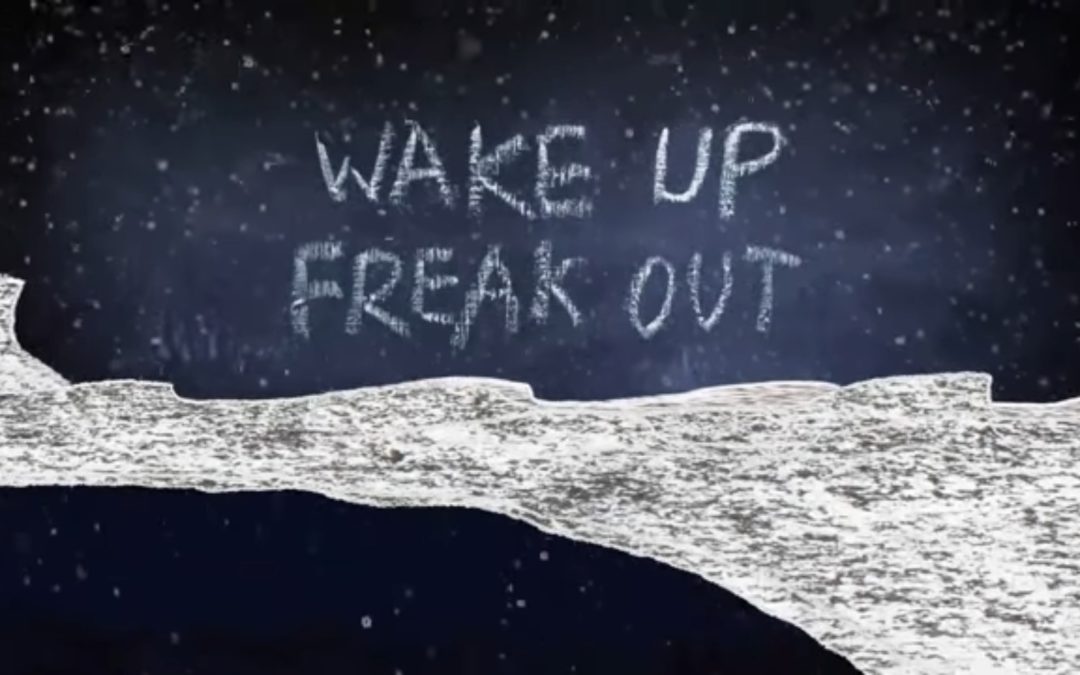
by Shaun Chamberlin | Sep 22, 2008 | All Posts, Climate Change, Cultural stories, Favourite posts, Reviews and recommendations
An ingeniously clear and engaging 11 minute animation explaining why the next few years are the most important humanity has ever faced, or will ever face. We who are lucky enough to be alive now are effectively the most powerful people who will ever live, and future...

by Shaun Chamberlin | Sep 3, 2008 | All Posts, Climate Change, Favourite posts, The Transition Timeline, Transition Movement
We are all familiar with the concept of climate change, and the need for reduced carbon emissions, but really getting a handle on the scale of the problem can be difficult, thanks to all the confusing terminology. I looked all over the web for a straightforward...
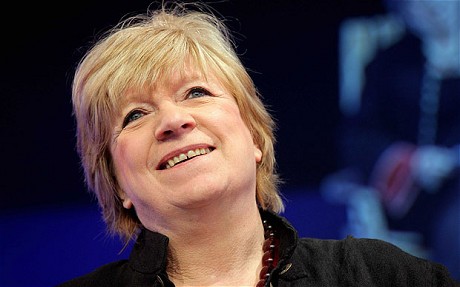
by Shaun Chamberlin | Aug 17, 2008 | All Posts, Climate Change, Peak Oil, Politics, TEQs (Tradable Energy Quotas)
Last month I attended an Institute for Public Policy Research (IPPR) meeting called to announce their latest research into personal carbon allowances. Polly Toynbee was invited to chair the meeting, and was clearly impressed with what she heard as she has now written...
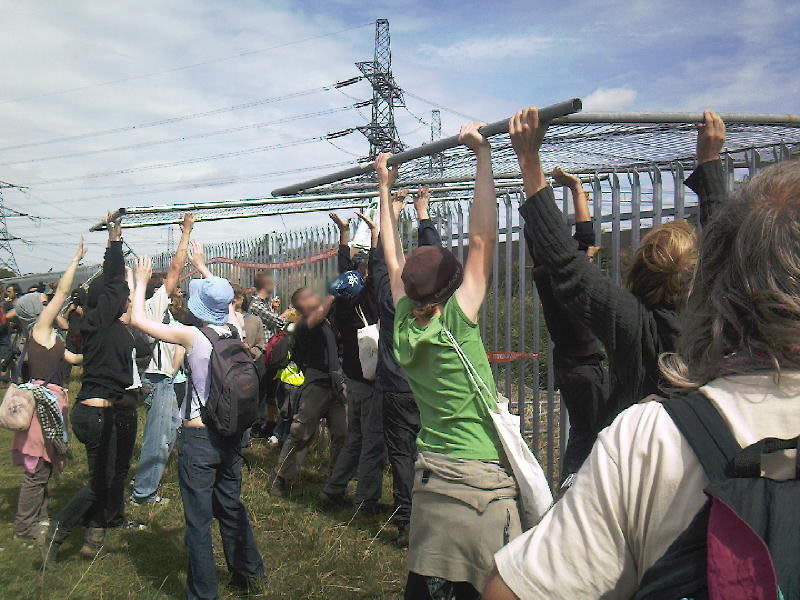
by Shaun Chamberlin | Aug 10, 2008 | All Posts, Climate Change, Cultural stories, Favourite posts
(pic – yesterday’s non-violent direct action at Kingsnorth, courtesy of Indymedia) I’m back from this year’s Climate Camp, and was deeply impressed with what I found there, both in terms of the organisation of the site (carried out largely by...
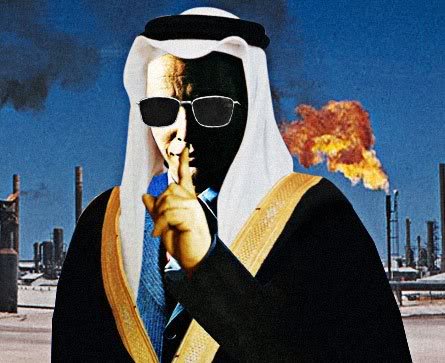
by Shaun Chamberlin | Jul 27, 2008 | All Posts, Climate Change, Cultural stories, Favourite posts, Philosophy, Politics
Since my earlier review of Burn Up I have discovered a comment on the film posted yesterday by Jeremy Leggett, one of the few with any media profile to openly discuss the interplay of peak oil and climate change. In his piece Leggett asks: “Why do the...
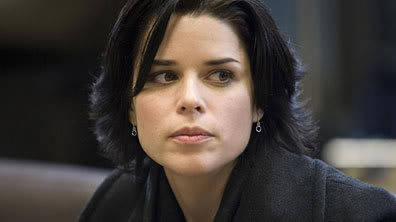
by Shaun Chamberlin | Jul 27, 2008 | All Posts, Climate Change, Cultural stories, Peak Oil, Politics, Reviews and recommendations
I have just watched the BBC’s outstanding thriller Burn Up, starring Rupert Penry-Jones, Marc Warren, Bradley Whitford and Neve Campbell (trailer available here). It is a dramatic account of the intrigue, betrayal, sex and violence surrounding characters in the...








Recent Comments